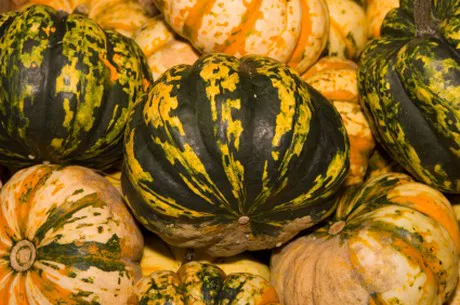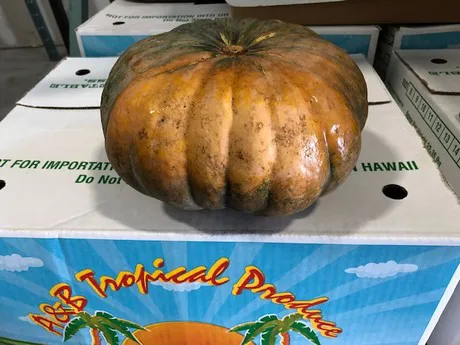The calabaza market is taking a turn.
“Right now, the market is finally on the upswing for calabaza after being really bad for a really long time,” says Alan Goldberg of A&B Tropical Produce in Miami, Florida. “There was heavy production which is usual for that time of the year. But this year we had a prolonged period of overproduction and prices were very low.”
Calabaza, which is a squash that’s popular within the Latin American population, is available year-round and generally imported from Costa Rica. “There is some domestic production of calabaza, but it’s a very small amount compared to what comes in offshore,” says Goldberg.

Lighter supplies
Goldberg believes the turn in calabaza comes with some trimming back of the production given the bad market conditions. “There was an increase in calabaza production compared with last year at this point but not a lot more,” he says. “Usually the market is not very good in the summer on an item like that.”
That said, as the weather cools down, there is an increased demand for the squash. “In the Autumn as we get closer to Halloween and the big holidays, there’s more demand for it naturally,” says Goldberg. “During the cold season, demand increases as its used in soups and stews as well as to be candied. So we go into high usage right through the winter into the spring.”

Price relief
With the lightening of supplies, that’s relieved the pressure on the low pricing of the commodity, which is a generally affordable one that doesn’t see much fluctuation. “The only time the pricing sees much fluctuation is when there is overproduction, like we just experienced, and heavy weather concerns, such as high amounts of rainfall where it’s grown, could put them out of product for a while,” says Goldberg.
Looking ahead, Goldberg hopes the market for calabaza will settle back into a good selling price for shippers to be able to be profitable.
For more information:
Alan Goldberg
A&B Tropical Produce
+1 305 805 1530
[email protected]
www.abtropical.com
